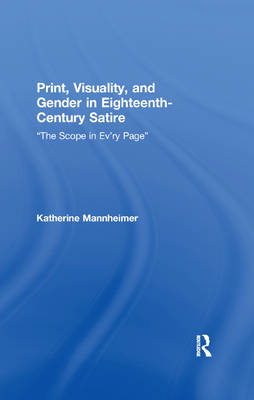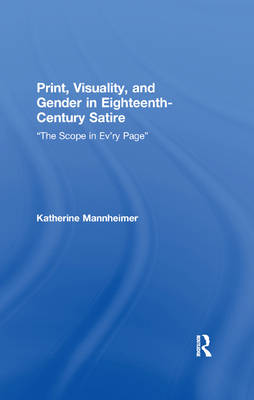
- Retrait gratuit dans votre magasin Club
- 7.000.000 titres dans notre catalogue
- Payer en toute sécurité
- Toujours un magasin près de chez vous
- Retrait gratuit dans votre magasin Club
- 7.000.0000 titres dans notre catalogue
- Payer en toute sécurité
- Toujours un magasin près de chez vous
Print, Visuality, and Gender in Eighteenth-Century Satire
�The Scope in Ev�ry Page�
Katherine Mannheimer
86,95 €
+ 173 points
Format
Description
This study interprets eighteenth-century satire's famous typographical obsession as a fraught response to the Enlightenment's "ocularcentric" epistemological paradigms, as well as to a print-cultural moment identified by book-historians as increasingly "visual" - a moment at which widespread attention was being paid, for the first time, to forma
Spécifications
Parties prenantes
- Auteur(s) :
- Editeur:
Contenu
- Nombre de pages :
- 248
- Langue:
- Anglais
- Collection :
Caractéristiques
- EAN:
- 9780367866181
- Date de parution :
- 10-12-19
- Format:
- Livre broché
- Format numérique:
- Trade paperback (VS)
- Dimensions :
- 152 mm x 229 mm
- Poids :
- 340 g

Les avis
Nous publions uniquement les avis qui respectent les conditions requises. Consultez nos conditions pour les avis.






